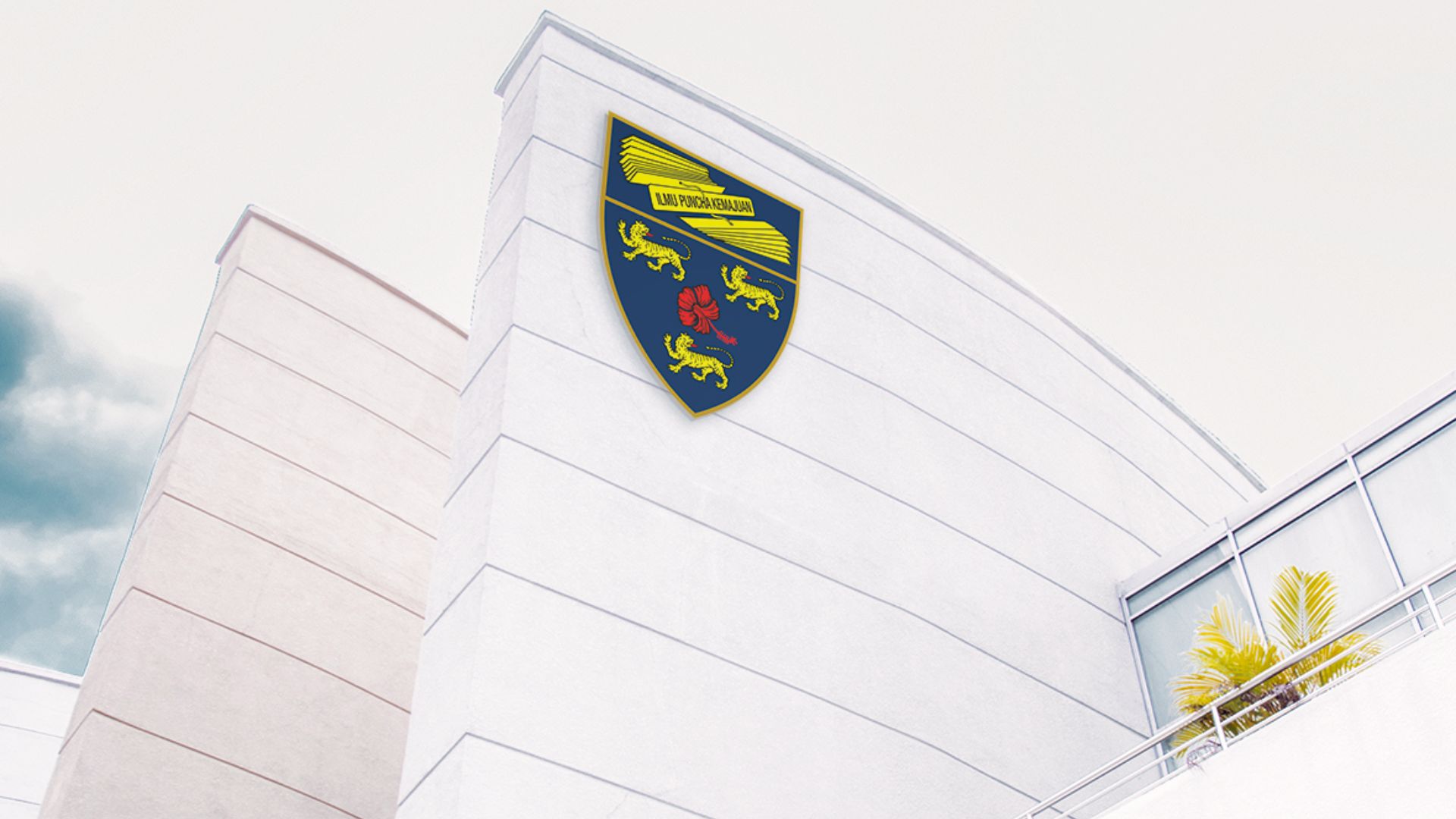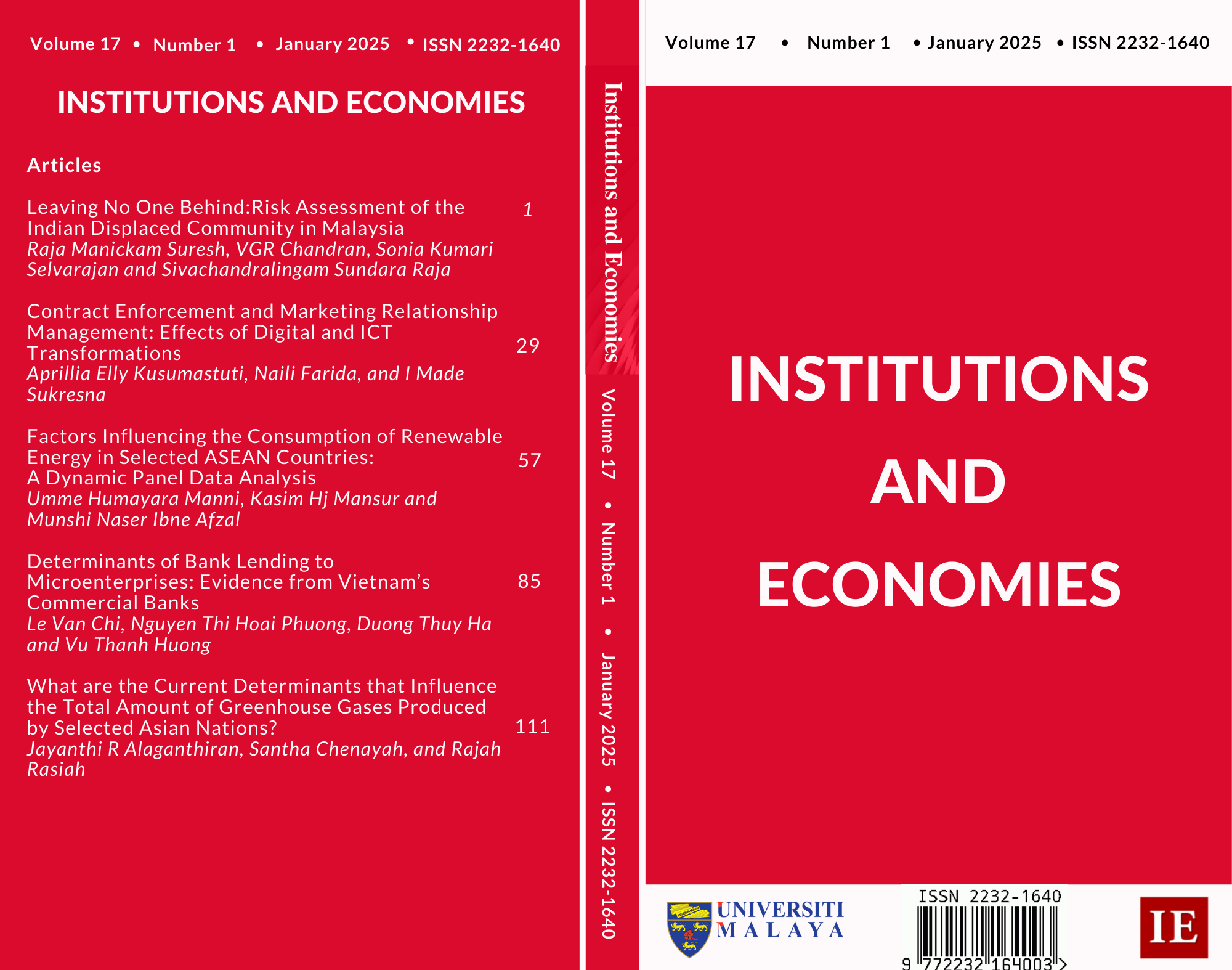What are the Current Determinants that Influence the Total Amount of Greenhouse Gases Produced by Selected Asian Nations?
Main Article Content
Abstract
Asian countries have been concentrating on providing sustainable economic
growth since they have had to face the severe consequences of climate change. Thus,
this study aims to fill a research gap by investigating whether waste sector emissions
significantly contribute to greenhouse gas (GHG) emissions. In general, this study
proposes three research hypotheses derived from a review of the literature on GHG
emissions. The first and second hypotheses examine whether waste sector emissions,
economic growth and other indicators significantly contributed to the total GHG
emissions in 13 Asian countries between 2000 and 2016. The third hypothesis
investigates whether countries individually and significantly determine waste sector
emissions. Using pooled ordinary least squares and least squares dummy variable
(LSDV) estimations, the study shows that that the emissions from the waste, agriculture,
manufacturing, and construction sectors, as well as from land use and change, were
positively associated with total GHG emissions. Second, economic growth and urban
and rural population growth show the possibility of reducing GHGs in Asian countries.
Subsequently, the LSDV estimation identified that India and Indonesia emitted 72
million tonnes and 148 million tonnes of carbon dioxide equivalent between 2000 and
2016 from the waste sector.
Downloads
Article Details
Submission of a manuscript implies: that the work described is original, has not been published before (except in the form of an abstract or as part of a published lecture, review, or thesis); that is not under consideration for publication elsewhere; that its publication has been approved by all co-authors, if any, as well as tacitly or explicitly by the responsible authorities at the institution where the work was carried out. Transfer of copyright to the University of Malaya becomes effective if and when the article is accepted for publication. The copyright covers the exclusive right to reproduce and distribute the article, including reprints, translations, photographic reproductions, microform, electronic form (offline and online) or other reproductions of similar nature.
An author may self-archive the English language version of his/her article on his/her own website and his/her institutions repository; however he/she may not use the publishers PDF version which is posted on www.ijie.um.edu.my. Furthermore, the author may only post his/her version, provided acknowledgement is given to the original source of publication and a link must be accompanied by the following text: The original publication is available at www.ijie.um.edu.my.
All articles published in this journal are protected by copyright, which covers the exclusive rights to reproduce and redistribute the article (e.g. as offprint), as well as all translation rights. No material published in this journal may be reproduced photographically or stored on microfilm, in electronic database, video disks, etc., without first obtaining written permission from the publishers. The use of general descriptive names, trade names, trademarks, etc., in this publication, even if not specifically identified, does not imply that these names are not protected by the relevant laws and regulations.
The copyright owners consent does not include copying for general distribution, promotion, new works, or resale. In these cases, specific written permission must first be obtained from the publishers.

